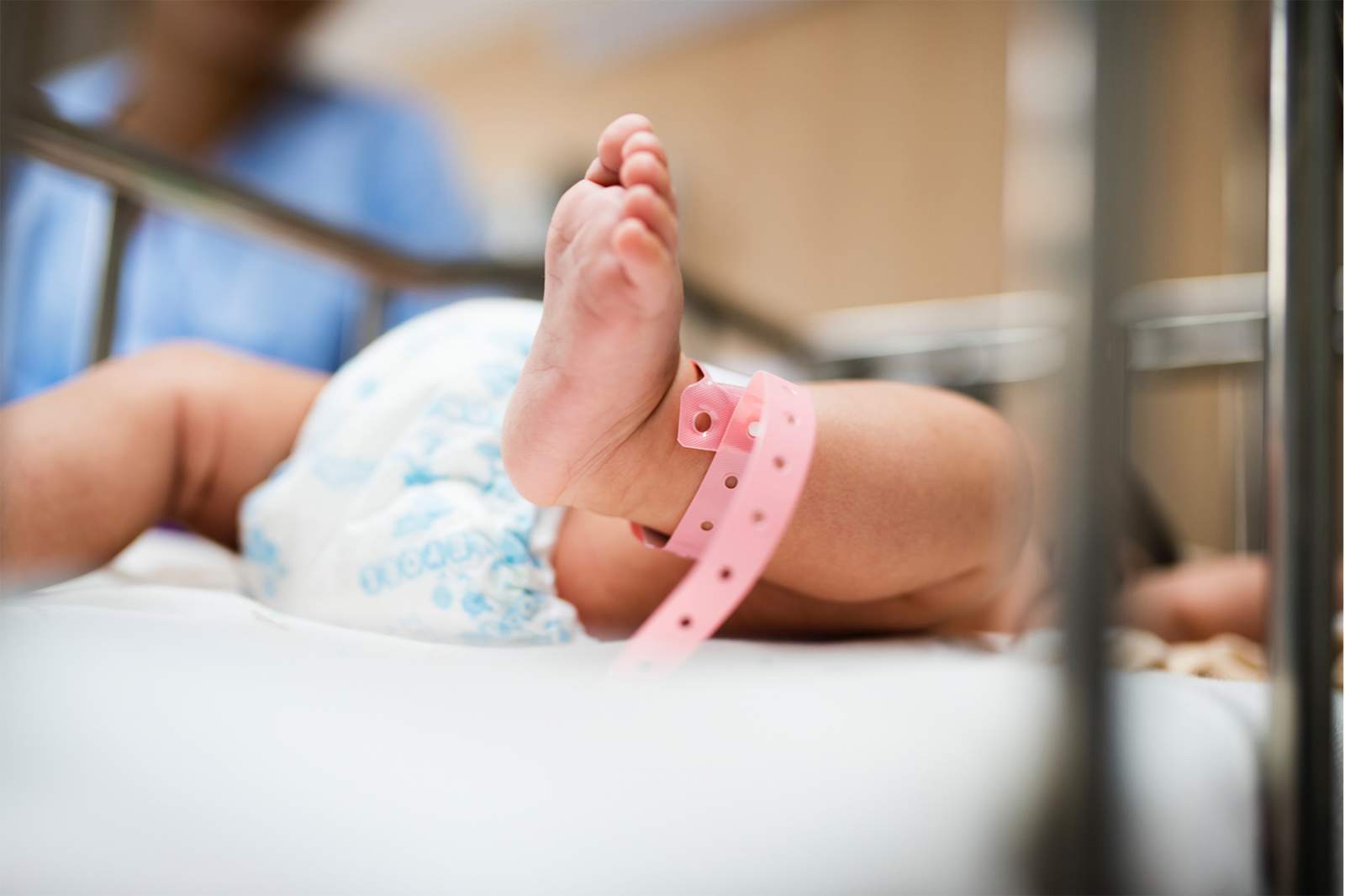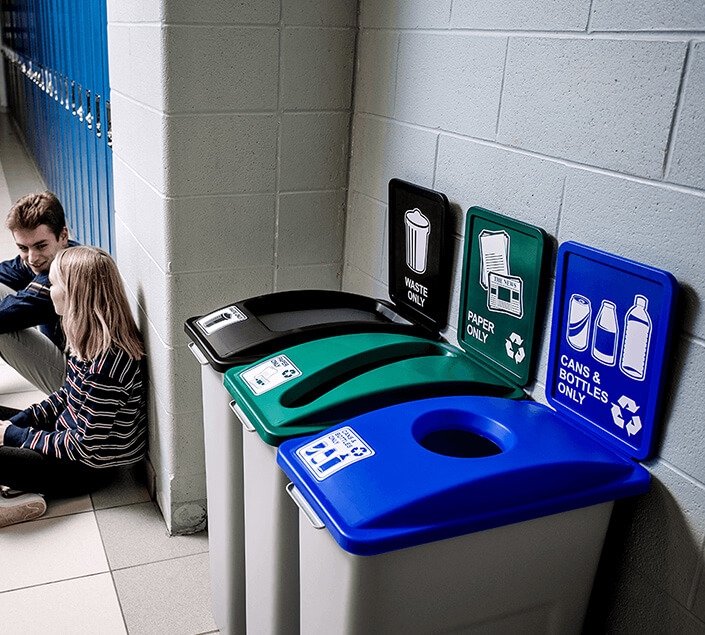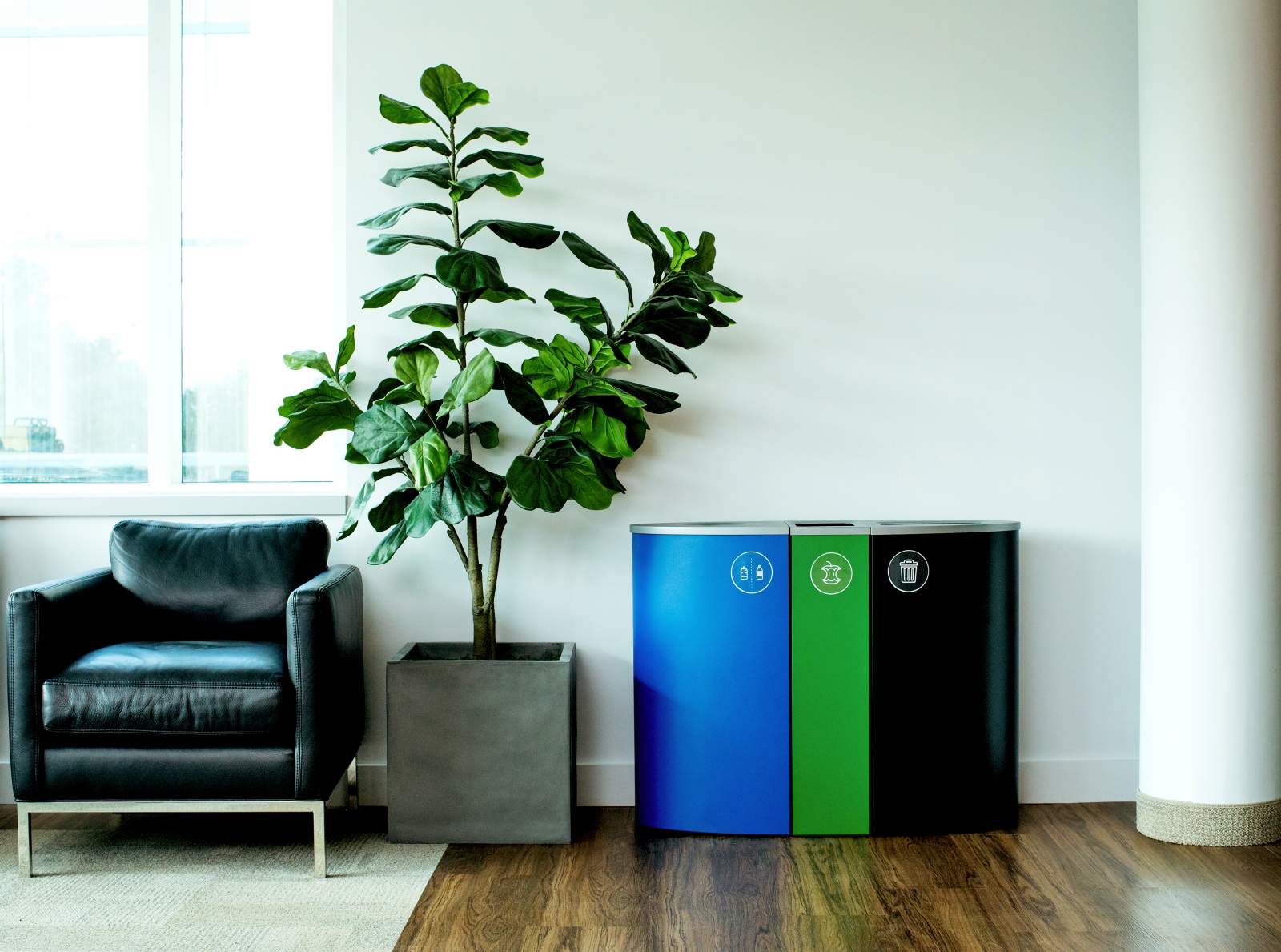At first, she looked so tiny, helpless and fragile. Within seconds this wet, red bundle of wrinkled flesh began to scream at the top of her lungs. This feisty newborn was ready to take on the world. With a sense of joy, anticipation, and nervousness I was hit with the realization that I was now a new daddy. And as pretty much all new daddies would say, "She was the most beautiful baby in the whole wide world."
It did not take long to realize that this baby girl was the real deal. She had needs. When my baby girl was hungry, she fussed, when she was tired, she got cranky, and when she dirtied herself, she became irritable. My first lesson in fatherhood. If you keep a baby nourished, rested and clean, generally you have a happy baby. Being a new parent can really be overwhelming. There are so many immediate decisions that need to be addressed as that new baby's needs are being considered, as well as your own priorities. Even with diapering, each family has their bottom line. Cost? Health? Convenience? The environment? The perfect fit?
My wife had already decided she wanted to raise our daughter on cloth diapers. She had big plans on being a stay at home mom. With only one household income she was willing to do whatever it took to make it work. That included using reusable diapers. This was 25 years ago in 1992 when sustainability was not even yet a buzz word. The diapers we used were merely flat cloths which were folded and pinned in different ways as our daughter got older. It was the same type of reusable diaper my mom would have used with me, and my grandmother with my mom. Disposal diapers were invented post World War 2 by Marion Donovan due to a cotton shortage. She used rectangular pieces of shower curtain over layers of tissue paper. When I was born, disposable diapers still had not hit the shelves of the country General Store where my parents got their weekly staples. The only real choice of what diaper to use back then was still only cloth.
After the arrival of my own daughter, it was such a beautiful sight to come home from work and often see the clothesline full of nappies flapping in the wind. They were drying in the fresh air and getting naturally bleached white in the sun, as renewable and sustainable energy that you can get! Other than the initial investment of the cloth diapers, soap and hot water were pretty much the only other expenses involved.
I did not realize it at the time, but my wife was not only thrifty, but she was also very environmentally conscious. Depending on the source, by the time a child is toilet trained (and the time it takes to be toilet trained), he or she would have gone through anywhere from 3,800 to 8,000 diapers. That is a lot of diaper changes, and if using throwaways, that is a lot of diapers going to waste! In the United States alone there are approximately 20 billion disposable diapers dumped in landfills each year which amounts to 3.5 million tons of waste.
To manufacture the disposable diaper, valuable renewable and non-renewable materials are consumed. The "fluffy" part of a disposable diaper comes from paper, which comes from trees. When living, trees provide valuable oxygen for our planet. The other component of a disposable diaper is the waterproofing outer layer. This is derived from petroleum and is a non-renewable resource. A website called design life-cycle (which goes into detail how a throwaway diaper is manufactured) mentions it takes one cup of crude oil to make the plastic in just one disposable diaper. This works out to be the equivalent of approximately 1,625 quarts of oil to keep a baby dry for their entire diapering period. Two hundred thousand trees are cut down each year for the "pulp" used in the lining for all the throwaway diapers used in the United States. Once the diaper is soiled, it is thrown away as waste in the landfill. Many municipalities are said to be soon to be reaching their capacity in their landfills. This is becoming "a dirty problem." Once buried in landfills and devoid of oxygen, these diapers soiled with untreated waste can take up to 500 years to decompose. Today, as much as 98% of diaper using households use throwaway diapers in the United States.
Compared with the convenience of disposable diapers, washing and hanging cloth diapers to dry does take time. And time is something that is very precious nowadays. Busy lives demand convenience. But there have been so many improvements over these past 25 years that make using reusable diapers a lot less hassle and worth giving reusable diapers a try. Reusable diapers nowadays are no longer just a flat cloth. Some of them are shaped like a disposable diaper. Plastic clips, snaps, and Velcro have taken over those annoying safety pins. With the high-efficiency washers nowadays, you save energy and water compared to 25 years ago. There are diaper pails available that have charcoal filters which eliminate the odors, and as a bonus, these reusable diapers nowadays come in a lot of funky designs.
My wife made that cut and dry decision to go cloth, but for many families, it is just not that easy. A large proportion of mothers work outside of the home. Having your baby in daycare, disposables will be needed at least during that time. Disposable diapers are a great convenience in the modern world. Disposable diapering does take away a lot of anxiety of trying to find the time to get everything done. You don't worry about doing laundry for cloth diapers every two to three days. Most recently, diaper manufacturers are responding to environmental and health concerns raised by concerned parents by working at lowering their carbon footprint during manufacturing. There is a trend toward "greener" with fewer chemicals added to disposable diapers, which is a step in the right direction. To help protect your baby's thin skin, disposable diapers are now available chlorine free (chlorine is used to whiten the diaper material, but can easily be absorbed through a baby's thin skin), scent free (perfumes, often unregulated, are added to mask diaper odors, but can be a health hazard) and dye free (dyes, particularly those containing heavy metals have been known to cause skin rashes). In a test of 24 brands of disposable diapers by the website "Baby Gear Lab," the top 2 brands tested are "Nature Babycare" and "Babyganics." Both brands of diapers are rated as "green" and are totally chlorine free.
It is impressive the options out there now that my wife and I did not have 25 years ago. Diaper services take the hassle out of laundering all those reusable diapers. With a diaper service, your costs saving will not be as high. Reusing that diaper again and again lessons the burdens on our landfills. Another innovative option is a hybrid that is only partially disposable. "GDiapers" has a colorful reusable outer pant and a disposable inner liner. And if the inner liner is just wet, it can be home composted, which is rather cool!
I am looking forward to being a granddaddy when that time comes. To hold the child of my child would be almost surreal. The world is changing so fast. But there is one thing that is constant, is the need to keep a baby dry. It is great to see companies that make diapers stepping up to the plate to manufacture diapers that are healthier for the baby and less harmful to the environment. Making our world a better place to live for our next generation of feisty, screaming newborns and joyful, nervous first-time dads. You just can't put a price on something like that.
Sources
- http://www.chemistryexplained.com/Di-Fa/Disposable-Diapers.html
- https://www.livestrong.com/article/149890-environmental-impact-of-disposable-diapers/
- http://www.motherjones.com/environment/2008/04/whats-your-babys-carbon-footprint/
- https://www.babycenter.ca/a1038253/choosing-cloth-diapers
- https://www.healthline.com/health/parenting/cloth-vs-disposable-diapers#1
- http://www.squawkfox.com/cloth-diapers/
- http://www.designlife-cycle.com/disposable-diapers
- https://www.babygearlab.com/topics/diapering-potty/best-disposable-diaper/buying-advice
- https://www.gdiapers.com/
- https://www.babygearlab.com/topics/diapering-potty/best-disposable-diaper
Did you find this Page helpful?
















.png)


